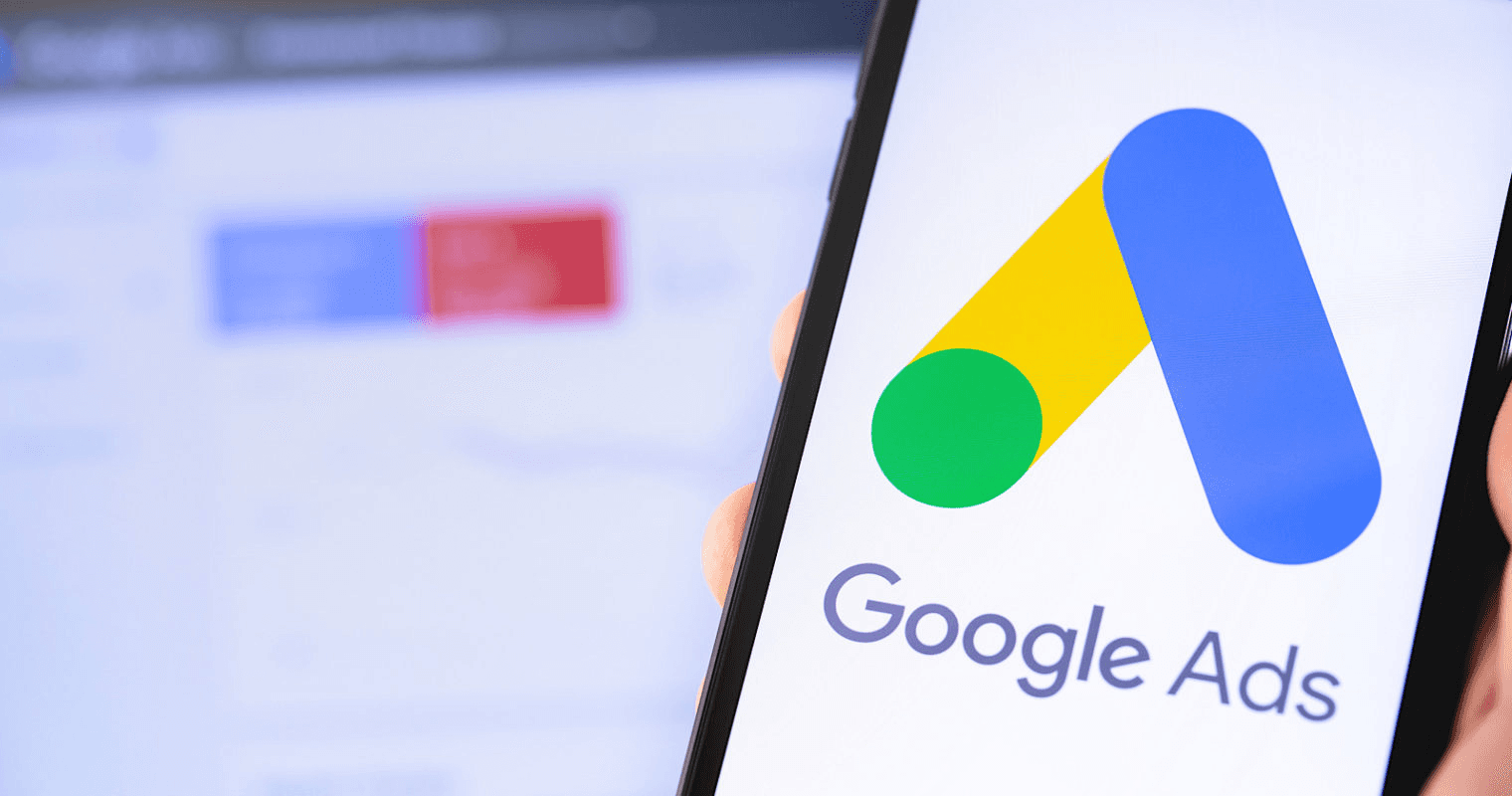One Campaign to Rule Them All: Preparing for the Google Performance Max Changeover
Contributing Authors
Alex White, Associate Director, Media Services
Dan Stone, Senior Manager, Media Services

Google is adding even more automated functionality to its ad platform. The latest change comes in the form of a new campaign type called Performance Max. After a successful Beta launch last fall, Performance Max was officially rolled out in November 2021. Advertisers can now create a single campaign that delivers Google ads across YouTube, Display, Search, Discover, Gmail, and Maps. Smart Shopping and Google Local campaigns will automatically migrate to Performance Max this summer.
With this pending changeover, there's a lot for advertisers to consider. In an effort to help you prepare, below is an overview of Performance Max campaigns, their pros and cons, and how they might impact your Google advertising efforts. Lastly, we will lay out a few strategies to consider to help you prepare to test into Performance Max campaigns.
What is Performance Max?
Performance Max is a new campaign type that fully automates your ad spend across all Google channels. This is based on the campaign goal, call-to-action, and any creative assets identified when the campaign was set up. Through one AI-powered campaign, advertisers are able to minimize the hassle of building and managing campaigns on individual channels while incremental volume on channels they may not be present.
How does Performance Max work?
Advertisers start by defining the campaign’s audience and conversion goals and uploading ad creative (images, videos, copy, and any other relevant creative) into a creative asset bank. Performance Max will then create and optimize ads for each Google-specific property that are automatically served to pre-defined audiences.
Key benefits to advertisers
- Ease of Setup. Advertisers can input their campaign preferences and schedule ads for delivery in a single dashboard. They can also preview how ads will appear on each channel, allowing advertisers to make final adjustments before they are scheduled for delivery. This gives advertisers additional visibility into how ads will be displayed across every Google channel.
- Results-Oriented Campaigns. Google Ads’ AI technology automatically builds and optimizes ads for each channel based on what Google believes is most likely to result in the campaign goal.
- Broad Channel Coverage. Arguably the most compelling benefit of Performance Max is the ability to leverage all Google properties in one single campaign.
Key challenges for advertisers to consider
- Lack of Reporting Transparency. While Performance Max delivers metrics on top-performing ads, it generally provides less granular insight into ad performance than legacy tools. For instance, advertisers may see insights into how well certain listing groups are performing, but there’s little insight into what isn’t performing well, or the granularity of ad performance by channel. This can make it challenging to know how to optimize campaigns.
- Bidding Strategy Limitations. Bidding is locked into a default bidding strategy called Maximize Conversions. It’s worth noting that you can add CPA and ROAS targets as a layer of the strategy to expand your campaign results. Still, advertisers wanting more control over their bidding may want to stick with individual campaigns across channels, except for Smart Shopping and Local which will be phased out.
- Creative Performance Insight Limitations. Currently, there isn’t a streamlined way to evaluate how a group of creative assets stacks up against another group. Although, there are workarounds (more on this in the next section).
3 strategies for testing into Performance Max
- Be diligent about Asset Group management. Asset Groups are a collection of creative assets centered on a theme or directly correlated to a target audience. You can create several asset groups per campaign, allowing you to group creative assets for targeting different audiences. The key here is to ensure that your assets directly correlate with the audience you’re targeting. For instance, if you are an active apparel brand targeting running enthusiasts, ensure you are using a mix of assets speaking to runners, and not just broad sporting apparel creative. For eCommerce marketers, it’s critical to map these asset groups to specific products for better performance tracking.
- Mind product-specific performance metrics. There’s good news for Google Shopping advertisers worried about losing performance insights: it’s still possible to mine product-specific Shopping insights in Performance Max. In the Products tab in your Performance Max campaign dashboard, advertisers can access a granular view of how specific products are performing across all Google channels. You can even pause specific Asset Groups related to a product category.
- Put your first-party data to good use. Another great feature of Performance Max is the ability to optimize campaign performance quickly through audience signals. By adding an audience signal to a campaign, it alerts Google to a specific audience that is most likely to convert. This allows a campaign to ramp up and deliver results faster. For instance, advertisers can add first-party data as an audience signal. This can include website visitors or even a list of customers that have purchased in the past—online or offline. Google’s machine learning technology uses this data to target similar customers who are most likely to convert.
The Performance Max changeover is coming. Get your migration plan in place now.
There's a lot to consider. Our recommendation: start testing it now to give yourself time to learn the tool and what works and what doesn't before it's too late.